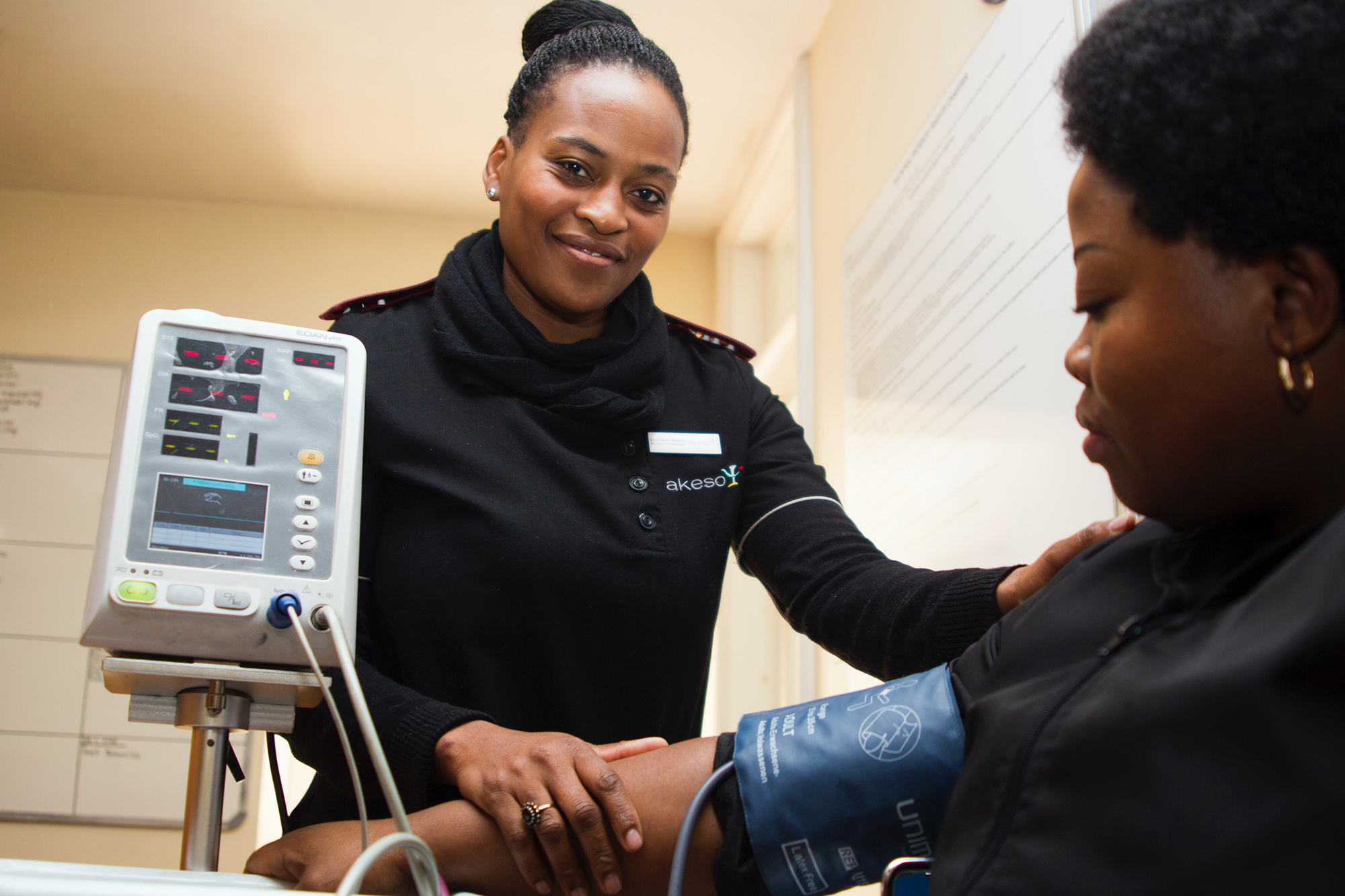Patient engagement is a broad-ranging aspect of how healthcare is provided to people and involves practitioners interacting with patients in a positive way that delivers the best outcomes for all involved.
It’s important to understand both how positive patient engagement is achievable, and what tools, solutions, and strategies are involved in it today. So let’s unpick the role it plays in healthcare and gain a deeper appreciation for why it matters.

Technology is making a difference
Engaged patients are more likely to take an active role in the process of treating their ailments, while doctors are better equipped to help them if they know as much as possible about their conditions and the progress they are making.
This is where technology is particularly useful in producing positive patient engagement and enhancing treatment effectiveness as a result.
For example, with the help of patient reported outcomes software, it is a breeze for patients to make physicians aware of what impact a course of treatment is having, thus streamlining the decision-making process for doctors and avoiding the uncertainties of the past.
It’s all about encouraging and enabling communication, as well as making patients aware of the part they can play in improving the care they receive, rather than just being passive participants.
Costs are reduced
As positive patient engagement is used to provide treatment more efficiently, thus the costs of healthcare are falling, just as outcomes are improving.
This also minimizes waste, since healthcare provision can be more precise, and treatments applied exactingly. Once again, all parties stand to benefit from tactics and tools that enable and accelerate patient engagement.
Knowledge increases
In terms of improving healthcare outcomes, a little knowledge goes a long way. Positive patient engagement provides people with the information they need to make the right decisions for their own health.
Whether that means individuals take advantage of cancer screening services because they know the risks associated with their age group, genetics, or lifestyle choices, or they choose to make appointments when the early signs of other diseases become apparent, knowledge is key to creating a healthier, happier population.
Recommendations and loyalty are earned
When it comes to healthcare, patients have a degree of choice over where they receive treatment. So if you want to avoid losing people to a rival practice, positive engagement is needed to encourage loyalty among your existing patients.
Likewise with this loyalty and satisfaction comes the opportunity to have word-of-mouth recommendations grow the number of people on your books. This can introduce a degree of stability and long-term reliability that some will value greatly.
Time is saved
If patients are not adequately engaged with the healthcare that is available to them, this can be an administrative issue for professionals in this industry.
Patients may miss appointments, may fail to show up for the testing involved in diagnosis, may make mistakes when following treatment plans, and lots of other minor foibles that add up to be a real pain in the neck from an admin perspective.
Time is money, so engaged patients take up less of it, cause fewer mix-ups and generally enhance the operational reliability of healthcare providers.
Calamities can be avoided
We touched on this briefly earlier, but positive patient engagement is not just about treating maladies more successfully, but ultimately about preventing them in the first place.
If people are encouraged to live healthier lives and spot potential problems sooner rather than later, they will be less likely to get into deeper trouble further down the line when unaddressed issues spring to the surface.




